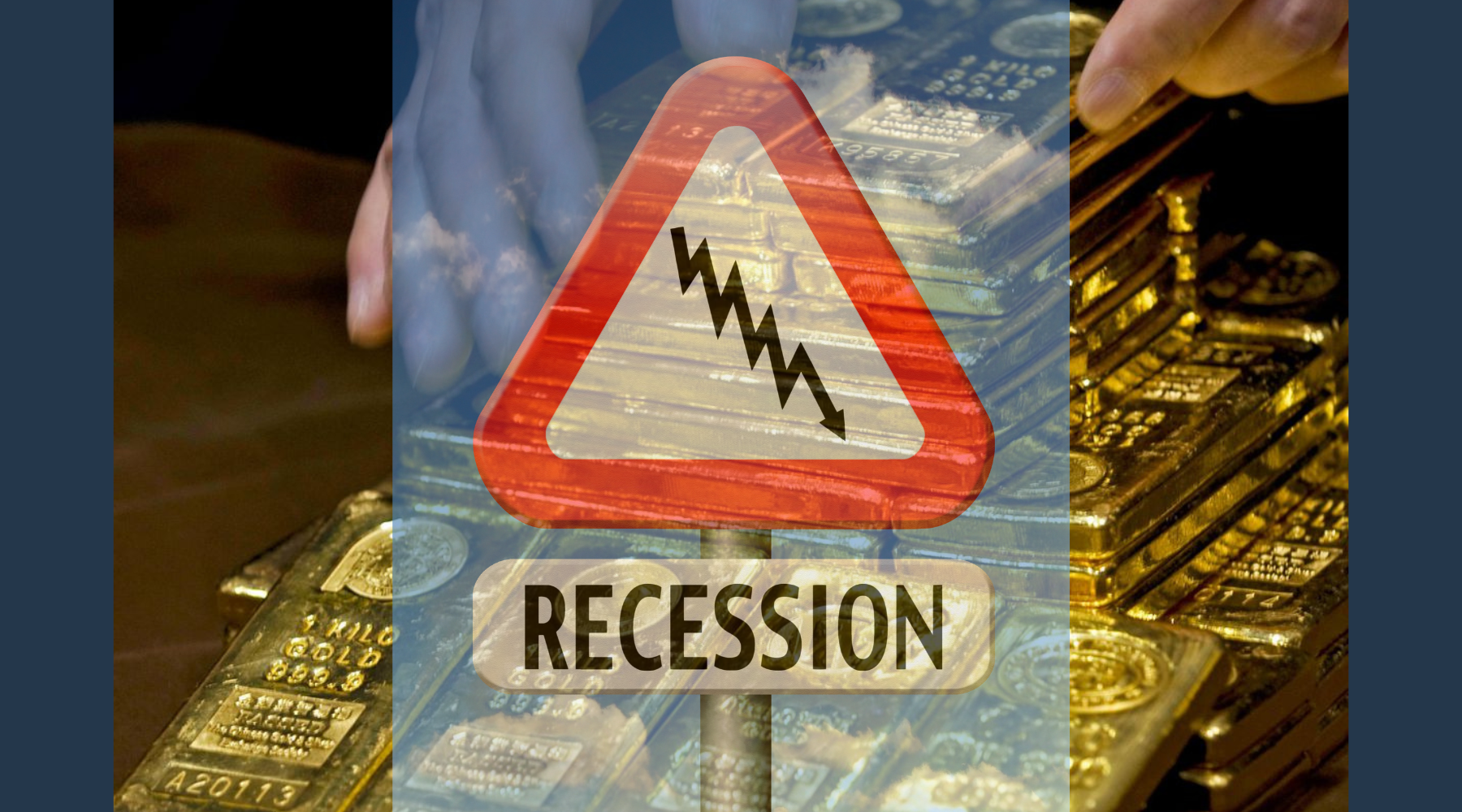U.S. vs Canada
In the U.S., it is commonly acknowledged that affordability in housing typically ranges from 28% to 33% of pre-tax household income. Interestingly, the average house price in the United States is $436,800 USD, equivalent to $577,000 in Canadian dollars. It's worth noting that this figure is 21% lower than Canada’s current average house price of $729,000. The contrast becomes even more apparent when comparing similar cities. For instance, in the metropolitan area of Chicago, with its population of 8.9 million, the median listing price of a dwelling is $359,000 USD ($474,203 CDN), while in the Greater Toronto Area (GTA)/Toronto, with 6 million inhabitants, the average price climbs to $1.1 million Canadian dollars.
Canadian Affordability
Regarding the income-to-ownership cost ratio of 28-33%, it is essential to mention that the context is often missing from this statistic. Nevertheless, it is worth highlighting that Canada currently holds the top position in the "debt Olympics" among developed nations. The Royal Bank of Canada (RBC) compiles the primary affordability index in Canada. Across the country, the average income required to sustain homeownership, even with a substantial 20% down payment, is not 30% but a staggering 59.5%. This figure is somewhat lower than a few months ago, thanks to a temporary softening in house values. The bank refers to this situation as a "full-blown affordability crisis."
Vancouver is a Great Example
Let's shift our attention to Vancouver, where RBC states that owning a home demands a shocking 96.1% of pre-tax household income. This level of unaffordability has rarely been witnessed anywhere else in Canada except during the previous quarter. However, recent price declines and the pause in interest rates earlier this year have enticed some buyers and sellers back into the real estate market during spring. Since January, resale activity has witnessed a 69% increase, retracing almost half of the previous year's decline and approaching pre-pandemic levels. However, the path forward is projected to be less robust, as the persistence of extreme unaffordability stress is likely to hamper the market's recovery.
But How About The T-Dot?
Toronto presents another alarming situation, being described as deeply entrenched in crisis territory. Owning and carrying real estate in this city requires just under 80% of one's income. Undoubtedly, the upcoming quarterly report from RBC will paint an even grimmer picture. The Bank of Canada has concluded its rate pause, having added a quarter point last month this week. The stress test is moving towards 8% folks, while the chartered bank prime rate is now 7.2%. It has been almost 22 years since we have witnessed seven-plus percent interest rates, the last time being just a few months before the events of 9/11.
Are We Paying Our Bills?
Given the circumstances described above, the latest report from insolvency firm MNP should be no surprise. MNP has reported that a slight majority of Canadians (52%) live within a $200 margin of a financial tragedy monthly. In other words, if unexpected expenses arise, such as a new transmission or a window repair, they will struggle to pay their bills. The percentage of Canadians in this position has increased by 6% since April of this year, despite a decrease in the official inflation rate. You see, it doesn’t matter what headlines say; the cost of everything is going higher with few exceptions. Do you have more or less disposable income in the last year?
Further exacerbating the situation, 35% of Canadians confess that their income falls short of covering their overhead expenses. Just under half of the population admits to losing sleep at night due to concerns about their borrowing levels. The reasons behind this distress include food inflation and the rising cost of loan servicing. It is crucial to highlight that mortgage debt has reached a staggering two trillion dollars in a country with an almost 70% homeownership rate.
More To Come
One significant aspect to consider is that most of the impact of interest rate adjustments is yet to come. Consider this. A vast amount of mortgage renewals are scheduled for 2025 and 2026. At that time, individuals who secured five-year fixed-rate mortgages below 3% or variable-rate loans at 1.5% will face the music. Although rates may be lower by then, they will never return to the two percent mark unless a severe economic downturn occurs, which is wholly possible given the nature of our indebtedness.
Furthermore, it is worth noting that millions of people find themselves in negative amortization, where their static payments fail to cover interest charges, leading to growing debt. By extending amortizations, the problem has been postponed to the future, where it becomes inescapable.
Back to the Future (History Repeats Itself)
Considering all these circumstances, the question arises of what this means for the future. Optimists believe that economic growth and falling inflation will bring down rates without causing a recession. However, skeptics argue that no country can avoid the consequences when its citizens are forced to spend 60% to 90% of their gross income on housing. In the midst of all this, it is essential to mention the benefits of gold and silver ownership as a means of preserving wealth in uncertain times. Moreover, it is worth pointing out that some critics attribute the challenges faced by the Canadian economy to perceived mismanagement by the Federal Liberal government over the last eight years. With a federal election scheduled for 2025, there is a growing sentiment that it is time for a comprehensive plan to address these issues and navigate the future more effectively. We have witnessed this position before. Our parent’s generation watched interest rates and inflation spiral out of control in the late 70s and early 80s,s and it took nothing less than double-digit interest rates to cure the problem. It was a time when gold and silver flourished!
Gold and Silver Now
In times of economic uncertainty, gold and silver ownership can play a significant role in a comprehensive wealth strategy. Throughout history, these precious metals have proven to be reliable stores of value and safe-haven assets during periods of market volatility and financial instability. Gold and silver have often acted as a hedge against inflation, currency fluctuations, and geopolitical risks, preserving wealth when other investments may falter.
The appeal of gold and silver stems from their tangible nature and limited supply. Unlike fiat currencies, which can be subject to devaluation and erosion of purchasing power, the intrinsic value of these metals endures over time. During times when traditional investments such as stocks and bonds may face significant downturns, gold and silver have historically demonstrated their ability to maintain and even increase in value.
Investing in gold and silver can diversify a portfolio, helping to mitigate risk and protect against unforeseen market shocks. Precious metals have the potential to act as a counterbalance to other assets, particularly during times when financial markets experience turbulence or when there are concerns about the stability of the global economy.
It is important to note that while gold and silver ownership can be beneficial for wealth preservation, individual wealth strategies and risk tolerance should always be considered. Consulting with your trusted advisors, planners, or gold and silver experts, such as Delta Harbour, can provide valuable insights and guidance to tailor a strategy that aligns with personal circumstances and objectives. Either way, make some popcorn, pay down your mortgage and hold on tight. The epic adventure is about to start.
Yours to the penny,
Darren V. Long






